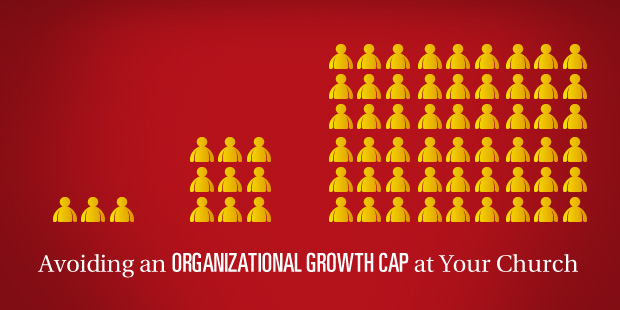
Is Innovation a Part of Your Organization’s DNA?
It’s been a brutal period for retail firms since the global financial crisis hit. Despite this, I’ve spoken recently with the CEOs of four different retail firms (Lorna Jane, Unit, Di Bella Coffee and The Cloakroom) that have all more than doubled their sales in that time.
[Note from the Vision Room Curator: If you’ve read the first paragraph and think this doesn’t apply to your church because it’s about retail, you would be wrong. Read on for three common factors of retail stores that can also be applied in your church.]
What do they have in common? A few things. All four CEOs are founders, all of them are very passionate about what they do, and all four firms have innovation embedded in their DNA, as Phil Di Bella put it.
This is expressed a few different ways. The common factors among them are:
- A strong culture of experimentation. Experimenting is central to innovating effectively. All four firms are great at this – having an idea, and trying it to see if it works. If it does, they scale it. For this to work, you also need to support the experimental approach with a strong learning culture – there’s no point in testing ideas fail if you don’t learn from the ones that fail.
- Their passion is driven by a shared purpose. Phil appears to be personally affronted by mediocre coffee. Lorna and Bill are committed to helping women live healthier lives, Paul and Ian want Unit to change the sports they support, and Andrew and the Cloakroom gents are deeply committed to helping men dress well. More importantly, this message is shared by everyone that works at these firms. I’ve spoken with people on all four shop floors, and the message is very consistent with what I’ve heard from the top.Here is how Nilofer Merchants puts it:
In the social era, purpose precedes scale. And as we discussed in part two of the series, shared purpose allows many communities to engage with you — without you having to invest resources in controlling their actions. When TED unleashed TEDx, they created a force multiplier. Shared purpose aligns people without coordination costs.
Purpose is also a better motivator than money. Money, while necessary, motivates neither the best people, nor the best in people. Purpose does.
- Their people are empowered. This goes hand-in-hand in with the previous two points. Even if people have a shared purpose, and the organization has a culture of learning, you can still kill innovation if there is no autonomy. To take advantage of purpose + experiments, everyone needs to feel as though they are allowed to test out ideas as they have them.
Lorna Jane and Unit are also both exceptional at social media – I saw the social media tracking boards at Lorna Jane last week, and they are amazing.
When times get tough, it is easy to go for efficiency. Stefan Lindegaard outlines what happens when you focus on efficiency at the expense of innovation:
No one wins this battle. The employees are taken as hostages, the customers or end-users lose out on the benefits of innovation and in the long term the shareholders will suffer. The latter is true because there is actually one winner. That is the competitor that decides to become competitively unpredictable through innovation and gets this right.
These are tricky times for retail (and for many other sectors as well). In addition to widespread economic problems, Tom Fishburne’s latest post addresses one of the factors unique to retail:
Fishburne describes what happens when a retail store focuses on efficiency at the expense of innovation:
The last time I shopped at Best Buy, I ended up buying at Amazon, but not because of price. I really wanted to buy from Best Buy, particularly after I’d invested the time to travel there and preferred to have the product the same day. But the store experience was so transactional and it was so hard to find a knowledgable sales rep that I gave up. Best Buy could have won me over with a better retail experience, but they dropped the ball. They were trying so hard to be like Amazon on price, they didn’t excel at what could have made them different.
What makes the successful retail shops different? Passion. Purpose. Experiments.
Innovation is part of their DNA.
Read more from Tim here.

Tags: Innovation, Leadership Engine, Tim Kastelle




























